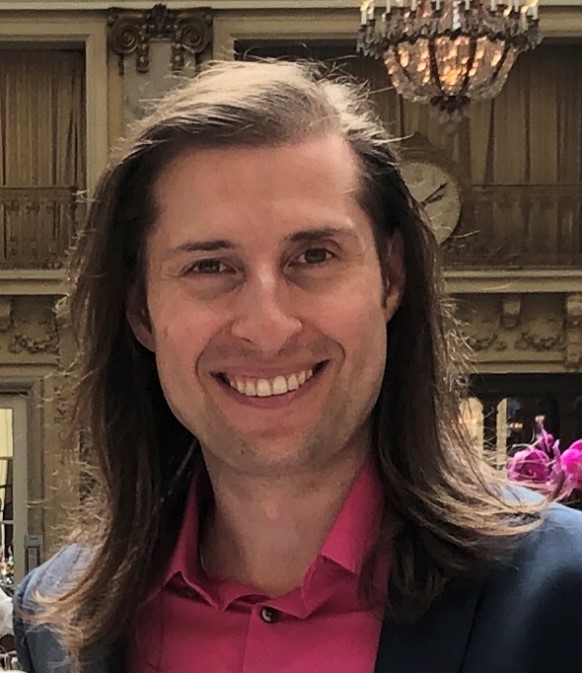Developing My Practice as an Early Career Electrophysiologist
Starting out my first job as an electrophysiologist, I was both excited and terrified. I had spent the previous two years of EP fellowship learning how to manage cardiac arrhythmias under the guidance and supervision of my mentors. As an attending, I was finally going to be able to practice independently. This would be the opportunity to build my practice the way I saw fit and hone the skills I would be using career-long.
I joined a hospital-employed cardiology department working with three other cardiologists. I was the first full-time electrophysiologist employed there in several years. Prior to my arrival, the EP practice was being managed by locum physicians. I was lucky to have one of the locums, a well renowned electrophysiologist, continue to work at my hospital a few days per month and be my mentor. He was available to review cases and to assist me with challenging cases in the EP lab. He also encouraged me to be the primary operator for many of his cases. Having the support and guidance of a mentor was a key factor in making a smooth transition from fellow to attending.
Building my practice as a new attending was a gradual process. I started with inheriting a panel of patients from previous physicians, many of which were stable requiring routine follow-up. Clinic referrals gradually increased as news about me spread to referring providers. In contrast, I was immediately busy with hospital patients. Although I shared general cardiology call, I was unofficially on EP call on weekdays. I was asked to see anybody who required pacemaker implantation or was a possible candidate for ablation. Although this was initially overwhelming, I learned to embrace this extra workload as I became more efficient with my time.
As an electrophysiologist, I was excited to start doing procedures independently. My procedural techniques were based on an amalgamation of my mentors from fellowship. I was able to pick and choose what I felt worked best and hone those skills on the patients that I took for procedures. As my comfort level increased, my procedural time decreased. I had initially restricted procedures to two days per week to minimize wearing lead since it contributed to fatigue and musculoskeletal discomfort. I eventually learned to perform ablations without using fluoroscopy. This has allowed me to expand my availability in the EP lab to do ablations and decrease the wait time for patients.
I was instrumental in starting an atrial fibrillation ablation program at my hospital. Prior to my arrival, atrial fibrillation ablations were not being performed at my hospital due to the lack of cardiothoracic surgery backup. I made sure to introduce myself to the cardiothoracic surgeon at the other hospital in town who agreed to help my patients in the event of a serious cardiac perforation. I worked with the anesthesia department to secure general anesthesia blocked time during complex ablations. I obtained additional procedural tools by making requests through my hospital’s value analysis committee. I also spearheaded implanting leadless pacemakers as well as conduction system pacing at my hospital. I eventually started doing left bundle branch area pacing as an attending physician after learning the technique from conferences.
Being an early career electrophysiologist has been a challenging and rewarding experience. I was able to shape my practice the way I saw fit and successfully started an atrial fibrillation ablation program. I attribute my successes to having a mentor, constantly developing my procedural skills, and to growing a busy practice. I believe these three components are key to preparing any electrophysiologist for the career ahead.
This article was written by Victor Abrich, MD, a cardiac electrophysiologist at MercyOne Waterloo Medical Center in Waterloo, IA.
This content was developed independently from the content developed for ACC.org. This content was not reviewed by the American College of Cardiology (ACC) for medical accuracy and the content is provided on an "as is" basis. Inclusion on ACC.org does not constitute a guarantee or endorsement by the ACC and ACC makes no warranty that the content is accurate, complete or error-free. The content is not a substitute for personalized medical advice and is not intended to be used as the sole basis for making individualized medical or health-related decisions. Statements or opinions expressed in this content reflect the views of the authors and do not reflect the official policy of ACC.

